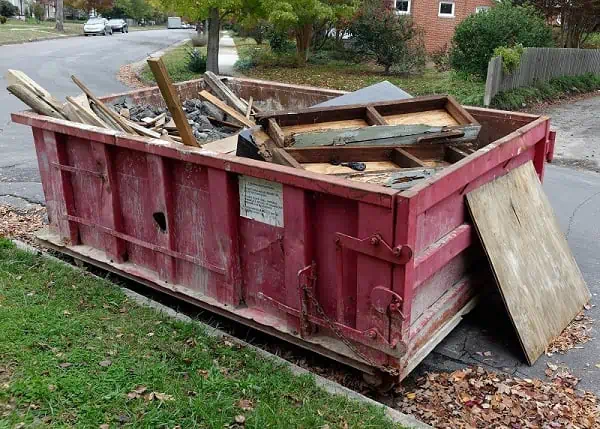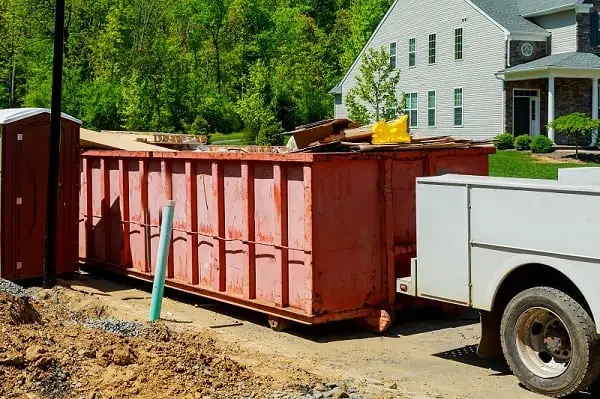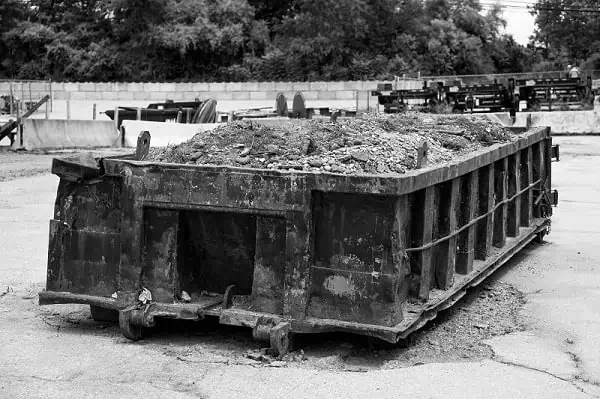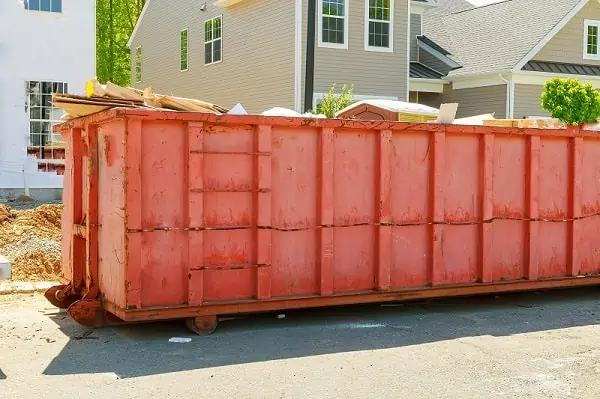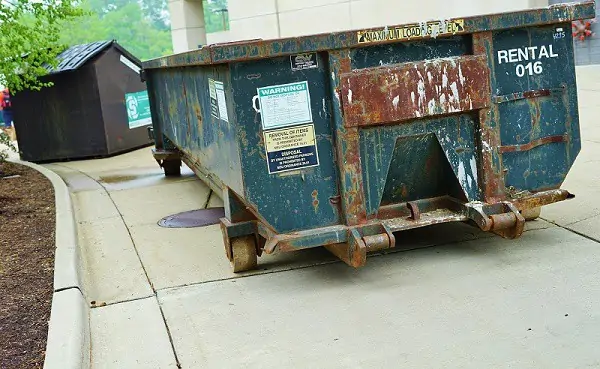Most people treasure their trees. There is not a whole lot of reasons to cut one down unless it is becoming an actual problem on your property, and for many households, a tree is something that will last for literal generations of the family.
However, in some cases, trees need to be cut down. Whether it is a disease, death, or something else entirely, a tree can end up in a state where your best option is to chop it down and start from scratch.
We rent dumpsters to customers in Somers Point, New Jersey and the entire 08244 ZIP code used in this part of Atlantic Count.
One of the details that most people overlook is when they cut the tree down: so, when should you cut down a tree on your property? And how can you tell if you actually need to cut a tree down yet?
When should you cut a tree down?
Cutting down a tree is a big job, but knowing when to do it is far more important. Here are some things to consider before you start chopping down a huge old tree.
Property Damage
If a tree is likely to fall on its own and hit your home – or anybody’s property nearby – then it is often a good idea to cut it down. The closer it is to falling, the more urgent it becomes: there are ways to cut down a tilted tree so that it falls in the opposite direction, saving your home from harm.
Of course, this all depends on the direction that the tree is falling and why it is falling. If it is not going to fall for an estimated 20 years, and it is falling onto open ground, then you have plenty of time to leave it be. If it is going to fall in a year, then cut it down as soon as you can.
Falling Risk
Beyond the damage to your property, it is also a good idea to look at how likely a tree is to fall at all. A tree might be perfectly upright while suffering from viruses or diseases, but it only takes a little bit of time for the bark to weaken and the structural integrity of the tree to fail.
A seemingly-fine tree could easily begin to fall if something goes wrong with its structure, and when most of the ‘meat’ of the tree is gone, you are left with thin bark that can easily fracture under the weight of a large trunk. A high falling risk is often grounds for a tree to be cut down immediately.
Other Reasons
Really, there can be plenty of reasons to cut a tree down, with most of them tying back to the tree falling over due to internal damage. You need to consider the risks and consequences involved in letting a tree fall, especially if there is an obvious direction that it will likely fall in.
How to tell if a tree is dead
In most cases, a dead tree is worth removing. Unfortunately, it is not always easy to tell if a tree is dead, let alone if it is actually fully dead or only dead in specific spots and branches. In some cases, a tree can be dormant without actually having died, either.
The specifics depend on each type of tree and the way that they grow or behave, meaning that not all trees will be the same. However, you can often use some common warning signs to tell if a tree is dead or dying and judge how dead the entire tree actually is.
Stress
Physical stress will usually lead to trees growing small branches near the bottom of the trunk, often called shoots. This can often mean that the tree is suffering a major problem and is really trying to keep itself alive but does not have a way to do it.
If this happens, then there is often a larger issue going on, so you can’t really cure it all by yourself. However, it can also be a good indicator of something physically altering the tree or the land that it isgrowing on, whether that is root damage or something more obvious with the trunk.
You can see similar issues by scratching the bark. If there is not any green underneath, then the cambium layer is dead – that part of the tree is no longer getting nutrients.
Fungi
While moss does not mean anything, since it can grow up any tree at any time, fungus is a different story. If you can see groups of fungi growing near the base of the tree, then there is a chance that your tree might be dying since they are feeding off the decay going on beneath the bark.
The more mushrooms you see, the worse things are since it is a very clear sign that something is rotting. If that rot continues to get worse, then it is likely to kill the tree if it is not dead already. Usually, this rot comes from something like a virus, which you can’t easily cure on your own terms.
Roots
When roots start to grow across the soil, it can be a sign of the tree actively struggling to exist on the land that it is growing on. This often happens if the tree is finding it hard to navigate the land or if something has washed the soil away from where the roots were.
Not only does this make it less stable, but it can mean that the tree itself might have issues with how it leans or how it is able to grow. More importantly, exposed roots mean more chances of damage from weather, which is likely to kill most trees if left unchecked.
© Copyright 2024. All Right Reserved.

